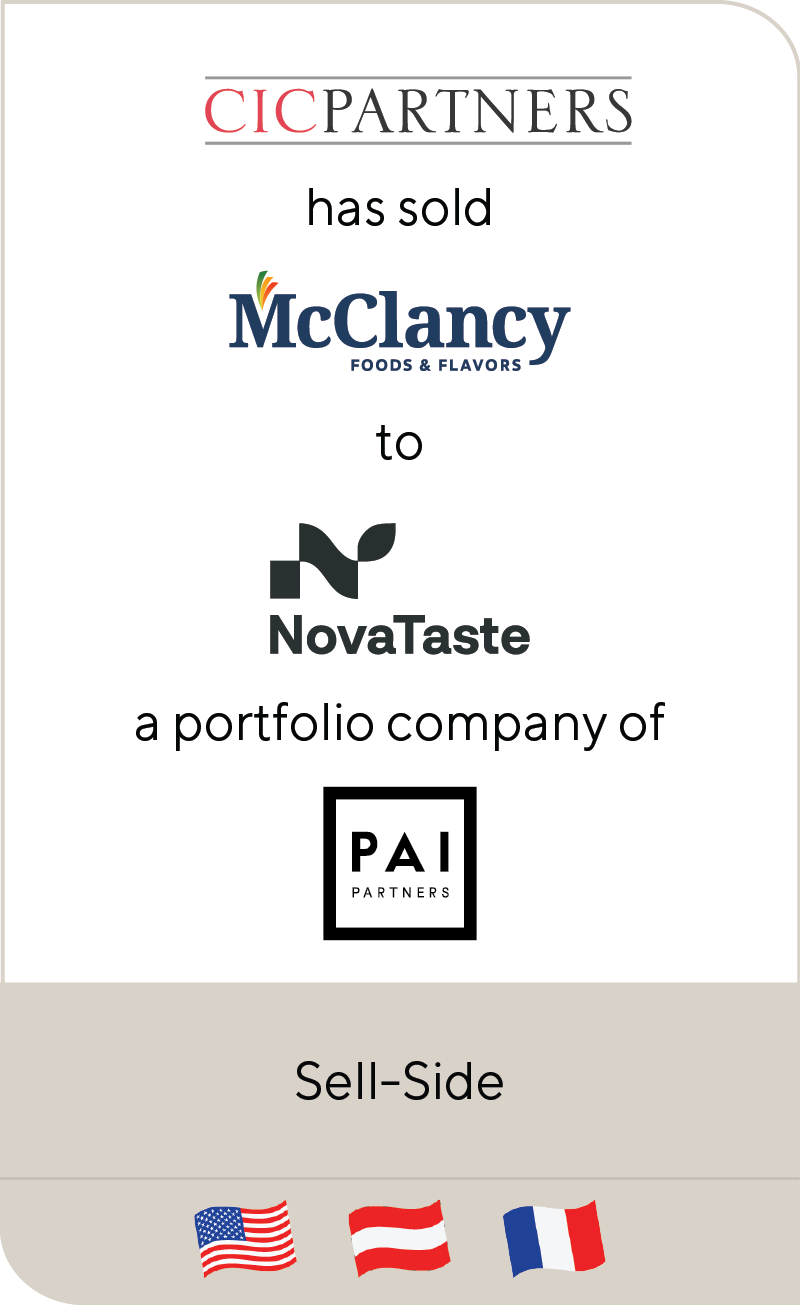M&A in Home Furnishings: Q&A with Lincoln Managing Director Tosh Dhanalal
Jul 2022
Lincoln International recently welcomed Tosh Dhanalal to the firm as a Managing Director in the Consumer Group. Tosh comes to Lincoln with extensive experience advising founder-led, private equity (PE)-backed and public companies, especially those in the home furnishings, décor and home improvement subsectors.
In our latest Q&A, Tosh shares his insights on the trends driving consolidation in the home furnishings market and considerations for companies weighing mergers and acquisitions (M&A) plans in the year ahead.
Summary
-
Tosh Dhanalal, Managing Director in Lincoln's Consumer Group, shares insights on the trends driving consolidation in the home furnishings market and considerations for companies weighing M&A plans in the year ahead.
- Click here to download a printable version of this perspective.
- Sign up to receive Lincoln's perspectives
How has home furnishings retail evolved over the course of your career?
Tosh: I have worked with clients in specialty retail for more than 20 years, closely following the ever-changing landscape to help position them for success. The most notable aspect I’ve followed—and arguably still a defining characteristic of retail today—remains the channels by which brands are going to market.
Two decades ago, specialty brands broke out in the market and upended players like Macy’s or JCPenney. No longer were specialty brands reliant on selling in large department stores—instead, many opted to go vertical and open their own stores.
As e-commerce began to take flight, pure direct-to-consumer (DTC) brands quickly emerged. With the advent of DTC, the challenges for companies became the high cost associated with acquiring and retaining customers online. Since most brands aren’t household names, the importance of sound marketing and advertising became mission critical.
Today, we are seeing a strong resurgence of multichannel brands. Companies have once again recognized the value that brick-and-mortar showrooms offer as permanent marketing and sales channels. Customers still often want to touch, sit and test out products before spending hundreds, if not thousands of dollars on products for their homes. Though selling online remains an important strategy, it is becoming increasingly difficult for a company to reach a wide consumer base cost-effectively without physical points of distribution. While a brand may no longer need 250 brick-and-mortar stores, brands could consider strategically placed store locations to cover major markets and ensure a healthy balance of channel distribution.
What is driving M&A activity in the home furnishings space?
Tosh: We are seeing transactions in the home furnishing space largely driven by two kinds of players: the first is vertically-integrated, premium aspirational design brands, and the second is high-quality, ready-to-assemble furniture brands with an omni-channel distribution approach. Buyers are evaluating both types of companies as potential targets, looking for differentiated players with a distinct brand ethos.
The use of technology to drive sales is a key differentiator for brands in the past few years. Companies are developing highly informative e-commerce sites that utilize technologies such as room visualization or planning software, or functionality to fully customize their products. These capabilities have entirely shifted how brands showcase their products and customers think about furniture purchases. To stand out in a sale process, companies must showcase their technology capabilities and connect those capabilities to their revenue stream.
Today, the ideal asset is a company who truly understands their customer and how to add value to that customer’s life. A home furnishing brand knows that customers won’t realistically make large purchases every year, so the best brands have identified how they can continue to engage with their customer outside of regular purchases. For example, a brand might market specifically to interior designers who possess multiple clients and can act as recurring customers on their behalf. Other brands are leveraging geotargeting to reach customers within a few miles of their stores, increasing the likelihood that they’ll reach a customer who recognizes the brand. Companies using innovative methods to connect with customers stand out from the pack when PE and corporate players are evaluating targets.
How can companies best position themselves to potential buyers and remain agile amid the present market uncertainty?
Tosh: Retailers are facing significant disruption from the supply chain challenges that have persisted, and many brands are multiple months behind on their delivery schedule for purchased items. The best-positioned companies are those who planned ahead by building up inventory in 2021 or negotiated faster turnaround on orders with their supply partners.
As interest rates rise and consumer spending fluctuates, uncertainty is the consistent theme among buyers and sellers. To combat this uncertainty, companies need to dig deep into the persona of their customer and develop a long-term strategy. How will I explain dips in revenue to potential buyers? How can I demonstrate the potential for growth and my brand’s staying power through economic cycles? The home furnishings market is a highly fragmented $150 billion market at retail in the U.S. The key to success for a brand in an M&A process is demonstrating their ability to navigate the challenges that have impacted other peer brands while still finding ways to gain market share in such a crowded space.









